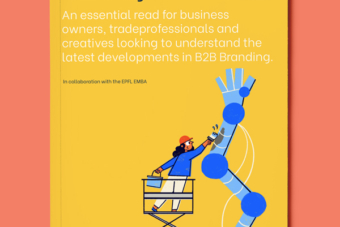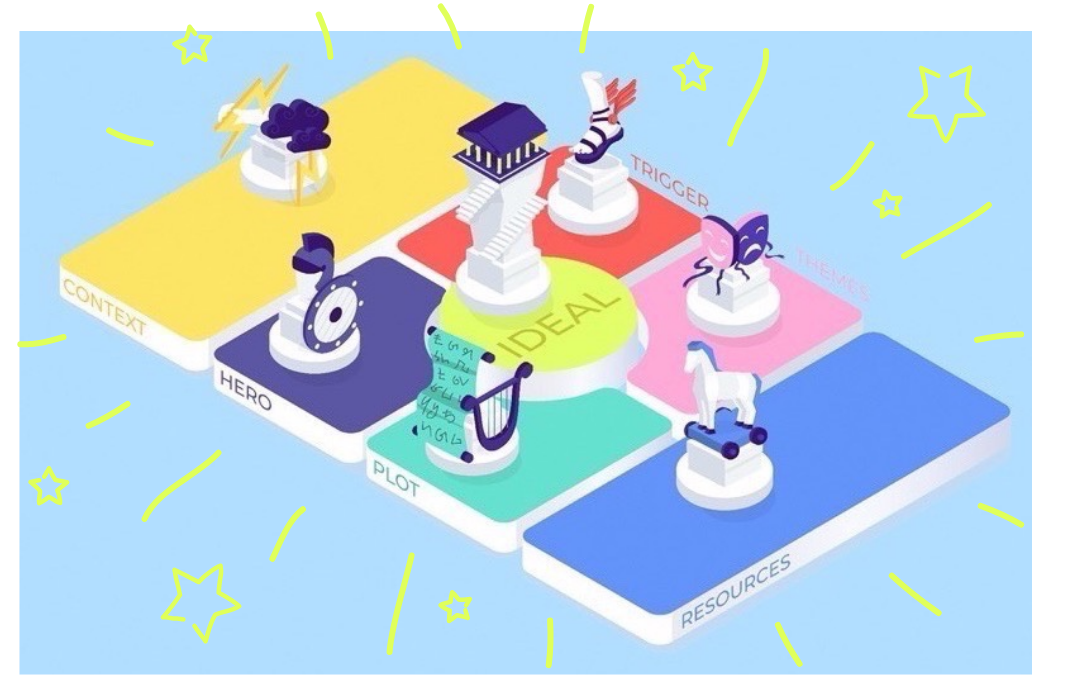Pressure from B2B and B2C customers
Digitisation has given us all access to a huge amount of information regarding the products we use in our everyday lives. This is also true about B2B products and services. B2B buyers now have access to third party sources – from trade publications to specialised forums – to better research and review what they buy.
“B2B clients are similar to B2C customers in the way that they want more information access – and they don’t want to have to wait for it” says Isabel Cerliani, Managing Founder of growth consultancy Unfold. Having to deal with increasingly knowledgeable customers is a trend consistently identified by all B2B executives we spoke to. End-consumers too are increasingly investigating a product’s entire supply chain, tracking components back to their original manufacturer. For example, more and more watch enthusiasts are being invited to tour the production ateliers of their favourite brands. As a result, industry suppliers like machine manufacturer Crevoisier have been asked to create more appealing and personalised designs for their machines in a bid to elevate the overall customer experience (and boost the watch brand’s appeal).
Buyers being able to access more company information means more due diligence in the B2B purchasing process, as firms become aware of the impact even indirect association with a disreputable supplier can have on their own reputation. On top of that, increased information transparency is giving B2B customers more authority, thus calling into question the power and credibility of conventional one-way vendor communication. A sentiment shared by Martin Hedman, Director at engineering group Meili Technology: “20 years ago, I wasn’t so critical when I looked at another company’s branding. Companies today have to make more efforts to maintain their credibility in the face of increased scrutiny.”


“B2B customers are imitating B2C customers, doing more research and being more informed about not just the product, but the brand and the company.”
Demonstrate and Communicate
Empowered customers, reputation risk and increased scrutiny force B2B brands to be both visible and credible at every touchpoint of the customer journey, from review websites to social media to trade fairs. This means reviewing all elements in the company value chain, checking every level to see what information is available, how recent or up to date it is, and making sure it is consistent with both facts and messaging guidelines.
Being transparent also means being available for contact or comment, and being able to defuse a potential crisis situation by being forthcoming. Trust is the unofficial currency of the business world, and when it is broken, even giants can fall. Take former Japanese airbag manufacturer Takata Corporation, which was broken apart and sold for scraps following multiple hushed-up security scandals that affected large car manufacturers like Ford, GM or BMW. Even when companies survive, as was the case with Volkswagen group following the CO2 emissions scandal of 2015, the costs associated with rebuilding a trustworthy brand image far outweigh the initial investment in transparency.
Indeed, some brands have actually found a way to benefit from this new constraint: by adopting transparency as a key brand message. Take Syngenta, for example, a company that supplies agricultural products and solutions. Transparency forms a key pillar of their brand messaging. By providing free access to their research and environmental data, Syngenta is able to offer proof-points to strengthen its claims on sustainable farming and demonstrate honesty in an industry dominated by controversial companies.


Leading by example
On the whole, it often pays to be proactive when it comes to changing societal trends. A company that is more transparent than its peers will be seen as more trustworthy. Stefan Hoher, Head of Marketing & Communications at piping solutions specialist GF explained how making more content accessible was helping establish GF as a transparent actor. Yet, content creation comes with its own challenges – Stefan Hoher told us that “ [Our] biggest challenge is content. Written, precise and relevant content […] technological advances make it easier to access [this] relevant content, which reinforces its importance.” In other words, as access to information is made easier, the companies pushing the most relevant content can be seen as more trustworthy and engaging. Conversely, not doing so can damage your brand and, ultimately, your business.




